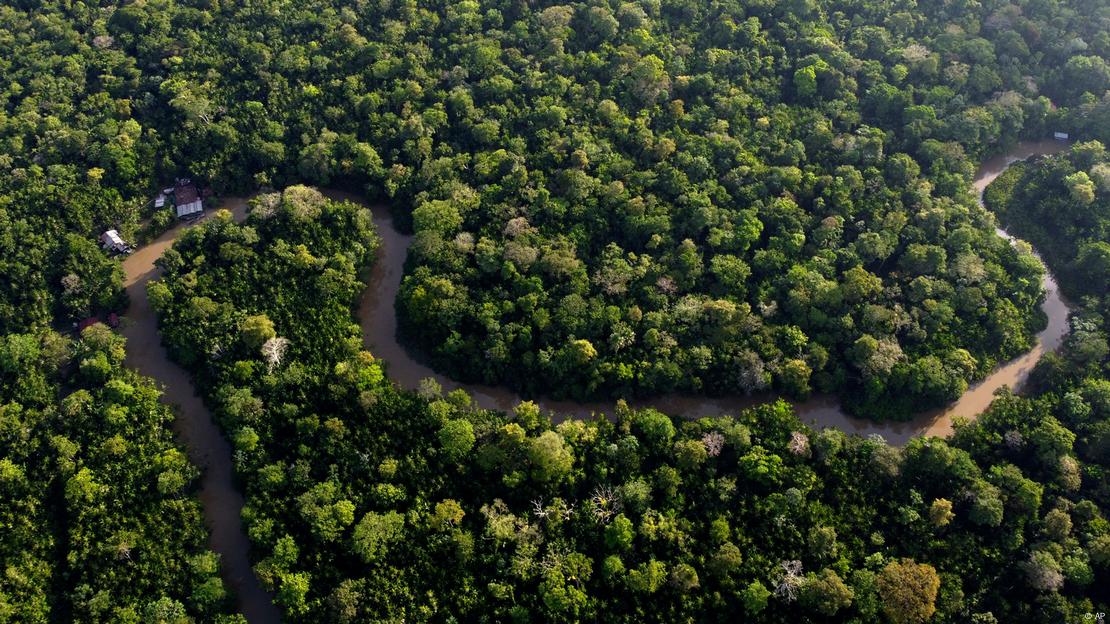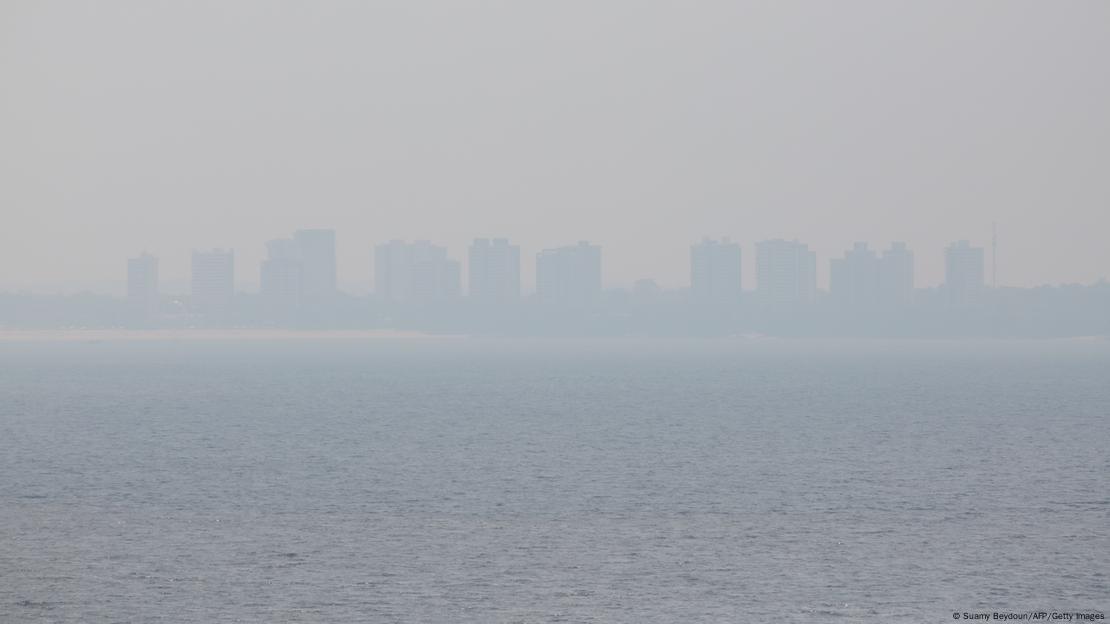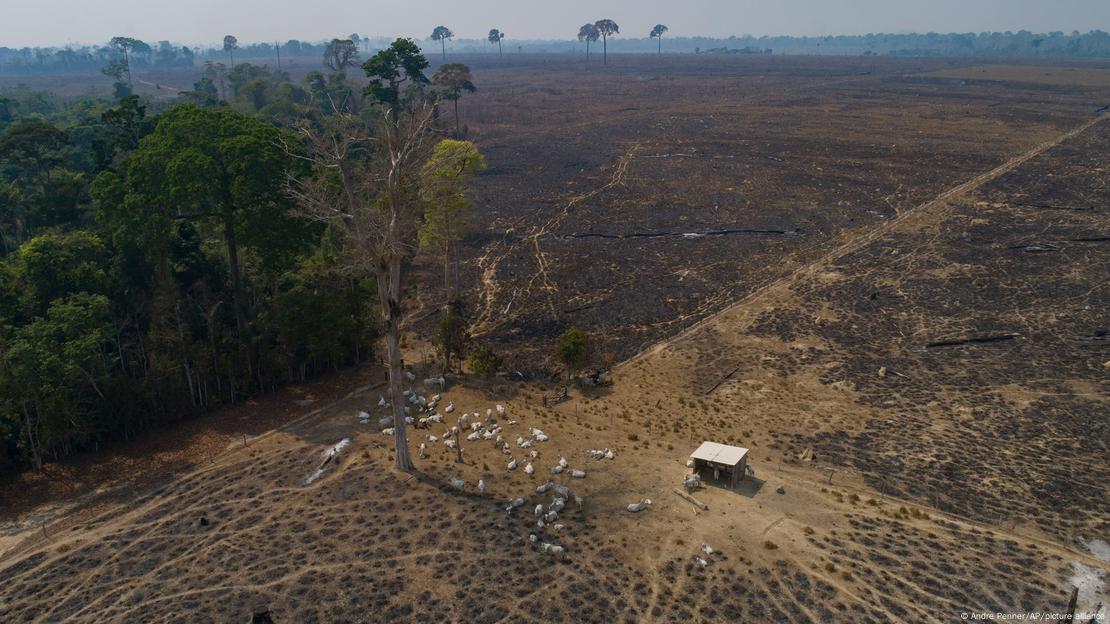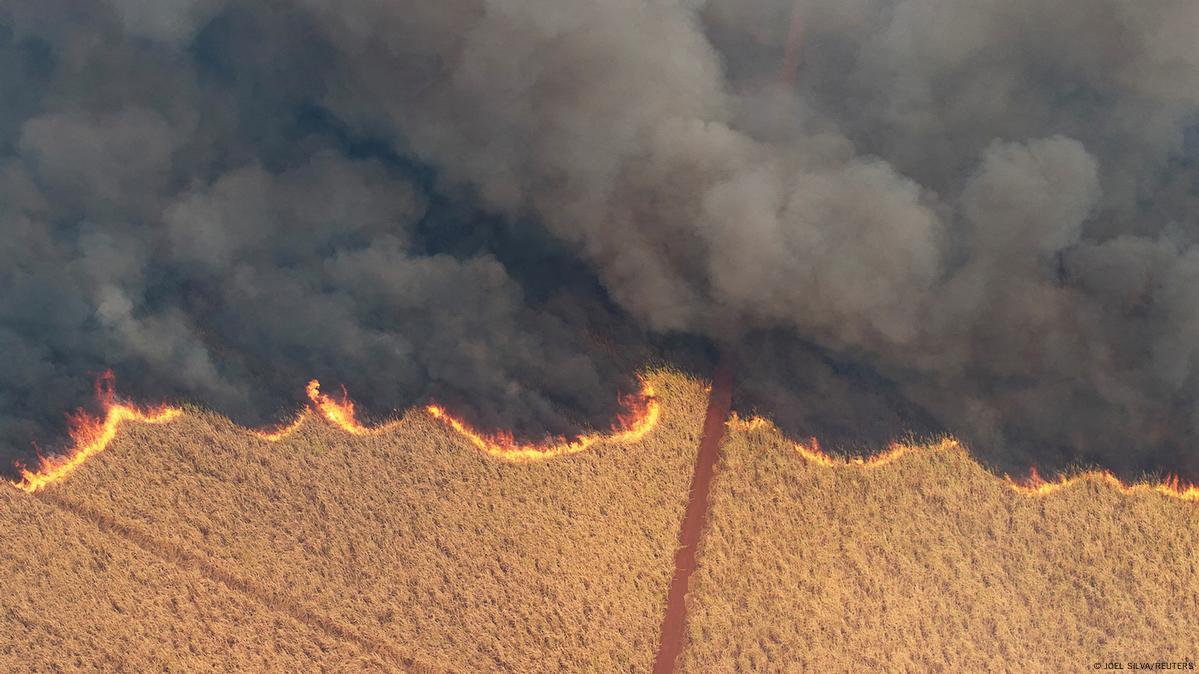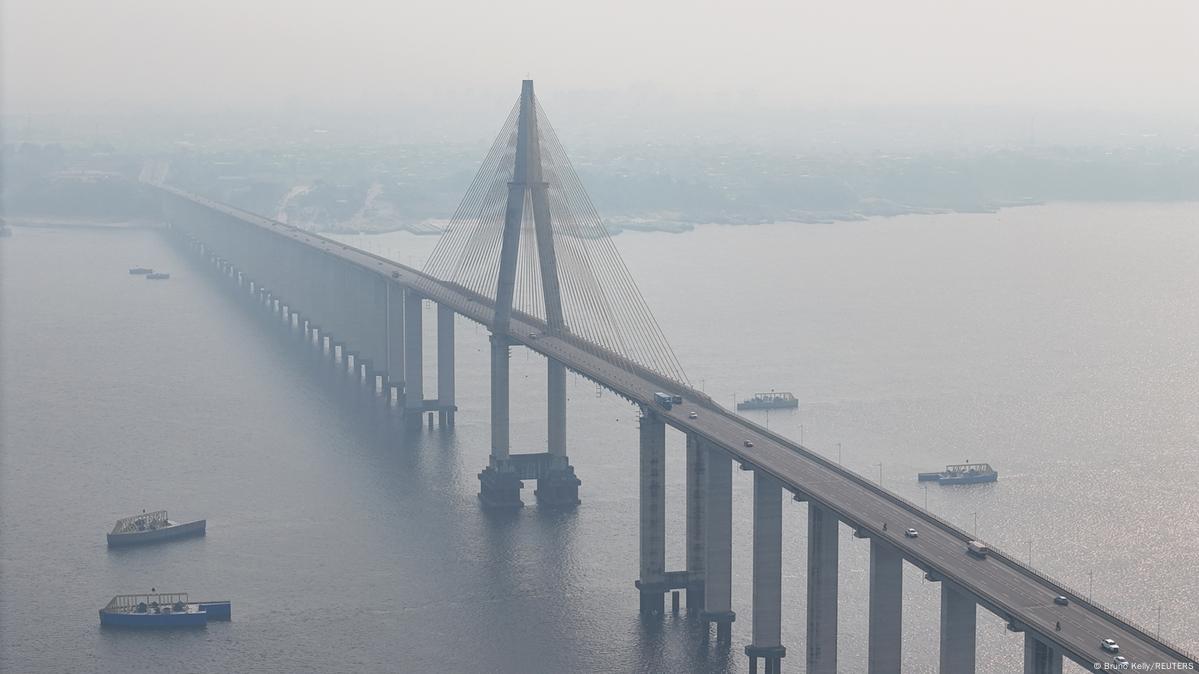Boeing Machinists on Strike Have a Historic Opportunity

Photo by Thomas Bormans
In a potentially game-changing move, 33,000 Boeing machinists in the Pacific Northwest, unionized with IAM District 751, are on strike after rejecting the company’s initial insulting contract offer. A stunning 96 percent of the rank and file voted to go on strike, marking a sea change for the fight of working people at Boeing. For decades, Boeing’s executives and wealthy shareholders have, with the active help from Democrats and Republicans in Washington state and Washington D.C., enforced a decades-long brutal regime that has thrown both workers and safety standards under the bus in favor of short-term profit maximization for themselves. The strike offers an opening for the company’s workers to win historic gains and begin rebuilding a fighting union with a militant, active rank-and-file membership.
Like workers everywhere, Boeing machinists are fighting for decent wages and benefits in the face of the sky-high cost of living. The workers are demanding a 40 percent wage increase, which is the bare minimum they need given the ground they have lost in past sell-out contracts from the bosses, combined with historic inflation levels and high living costs in the region. They are angry at Boeing’s shell games, including the attempt to take away their annual employee bonuses (called “AMPP”), which they were promised in return for being forced to accept higher healthcare costs in a past contract. They are also demanding an end to the intolerable regime of mandatory overtime, which is running rampant at Boeing, denying workers the right to a life outside of work. The machinists are also fighting for a restoration of defined benefit pension, and full and retroactive reinstatement of pension for all workers.
The initial contract offer from the Boeing bosses came nowhere close to meeting these demands. What Boeing touted as a 25 percent raise over four years in the contract offer is, in reality, much less. When coupled with the cost of living and the removal of the annual AMPP bonus, the proposed raises don’t even make up for recent and future inflation, much less the severe blows from past contracts. The offer also fails to restore workers’ pensions.
Since the strike began, Boeing has been forced to release a second contract offer, which includes a 30 percent pay increase over the next 4 years, up from 25 percent in the last offer. The strike has also forced Boeing to back down from their attempt to take away workers’ annual bonuses. But this new offer is still far less than what workers have been demanding and what they need, and workers immediately responded both on the picket line and in social media with their strong opposition to this totally inadequate offer, saying they must continue the strike.
The union leadership has now come out with a statement that says as much also, and which condemns the disgraceful way in which Boeing has attempted to undemocratically circumvent the union with this offer. Because of this, they are rejecting this new offer outright.
A Decade of Extorting Workers and Taxpayers
In the Seattle area, a job at Boeing used to be highly sought after — it was a path to decent wages and benefits and relative stability. A common phrase among workers was “If it ain’t Boeing, I ain’t going.” With the attacks over the last 15 years, many new Boeing workers are instead being paid less than the Seattle minimum wage, and the company has had higher and higher turnover. These attacks on the workforce have gone hand-in-hand with the corporation’s major struggles in recent years with safety and quality control.
The strike comes in the wake of the machinists being sold out in a spectacularly shameful deal made over a decade ago in November 2013 by Boeing executives and shareholders with the Democratic Party-dominated Washington State Legislature, and Democratic Governor, Jay Inslee. The defined benefit pension plan, won by the unionized machinists in previous decades, was eliminated in one fell swoop. A defined benefit plan, which is currently accessible only to a small proportion of the workforce in the private sector and which was won through labor struggle, is a plan that guarantees retired workers a decent income for life. This was replaced by Boeing with a far weaker 401(K) retirement system that leaves workers at the mercy of the ups and downs of the stock market. This dramatically undermines annual retirement income, as well as shifting the risk away from the executives and major shareholders of big corporations like Boeing onto the backs of working people.
The Democratic Party justified this historic attack on both the Boeing machinists and working people statewide by claiming that it was necessary to save jobs. Boeing executives had carried out public extortion, threatening to take away the final assembly of the 777X aircraft out of Washington state, which would eliminate an estimated 10,000 union jobs. State and local Democrats from across the region insisted that the machinists accept the contract, and scandalously told them that if they didn’t, they would be responsible for not only the loss of their own jobs, but also the broader economic repercussions if Boeing were to move future production out of state.
Rather than mobilize the union members and the wider labor movement into a serious strike and fightback, the IAM international leadership echoed the arguments from the Democrats. Disgracefully, even though the rank-and-file members had rejected the contract, the leadership brought the same sell-out contract back for a second vote in order to push it through. This was a highly undemocratic vote, which the union’s leadership held on January 3rd of 2014, while many of the workers were still out of town for the holidays. The contract squeaked by with a 51-49 vote and a much lower turnout than the first vote.
In addition to publicly shaming workers to accept the elimination of their pensions, Washington State Democrats voted to give Boeing an $8.7 billion tax handout in 2013 — the largest tax handout by any state in U.S. history — as an added “incentive” to keep jobs in state.
I rallied in solidarity with Boeing workers after they initially rejected the contract in November 2013. I had just been elected to the Seattle City Council as an independent socialist and working-class representative, using my campaign to launch the fight for a $15/hour minimum wage. In the following year, my office, the 15 NOW movement, and Seattle’s working people made Seattle the first major city to win the $15/hour minimum wage, despite opposition from big business and the Democratic Party. That wage is now at nearly $20/hour, and is the nation’s highest major-city minimum wage.
At the rally, I urged Boeing workers to shut down the company’s profit-making machine until their demands were met. I called Boeing’s threat to cut jobs “economic terrorism,” and warned that there was nothing preventing Boeing executives from pocketing the billions from tax handouts and pension cuts and then moving jobs out of state anyway. I said that if Boeing attempted to carry out their threat to cut jobs, that workers should take the Boeing facilities into democratic public ownership. I said that workers’ control of production was the only solution that could actually protect jobs and working-class taxpayers: “The machines are here, the workers are here, we will do the job, we don’t need the executives. The executives don’t do the work, the machinists do.”
The Democrats approved Boeing’s massive tax handout and the company succeeded in robbing workers of their pensions, but predictably, Boeing executives did cut jobs in Washington state: by 2017, they had cut nearly 13,000 jobs, or more than 15 percent of the company’s Washington workforce. And those job losses don’t even account for the tens of thousands of additional layoffs during the Covid-19 pandemic, which Boeing used as a further excuse to attack workers, including early retirements for higher paid and more experienced older workers. This culture of placing little value on the workers who build the planes is a key reason for Boeing’s ongoing safety failures, and is evident throughout company policy. This includes Boeing paying the full cost for children of non-unionized employees like managers and executives to attend a childcare facility across the street from their site in Everett, but union machinists have to pay the full $1,700/month cost out of pocket!
Since that betrayal in 2013, the machinists have faced stagnating wages and untenable increases in the cost of living. In contrast, Boeing made record profits, and engaged in billions in stock buybacks to further enrich wealthy shareholders. Meanwhile, over the same decade, Washington State Democrats and Republicans have systematically underfunded public education, affordable housing, healthcare, and social services.
A Strong Strike: Escalation, Double Strike Pay, Mass Rallies
Last year, UAW auto workers won historic victories through coordinated strike action, including increases of up to 150 percent in starting wages. This lesson — that workers’ demands can be won with a strong strike — appears not to have been absorbed by IAM’s leadership, who so far have not taken a bold, combative approach, including not organizing strong picket lines, rallies, or otherwise building on the strike’s momentum. They instead attempted to avoid striking altogether by insisting that Boeing’s initial offer was the best the workers could get, that it was even “historic,” and warning that there’s no guarantee a strike will win anything. In a statement published the morning after the strike vote, the IAM International leadership refused to even use the word “strike,” referring to it instead as “this challenging time,” hardly a characterization meant to inspire confidence or a fighting spirit.
While pledging to “make every resource available,” there was no mention of how the leadership will mobilize the 600,000-member organization to concretely support the striking members. The machinists know just how inadequate the strike fund currently is. Some have noted that the $250/week, which isn’t available until the third week of the strike, would not even cover rent. Many have reported having to scramble to line up temporary jobs to make sure their bills can be paid during the strike.
A weak strike fund leads to weak picket lines if workers are forced to take on other jobs rather than stay on the picket line. And Boeing workers need the strongest possible picket lines not only to prevent the possibility of strikebreakers from reopening the facilities, but crucially to build momentum, cohesion, and the overall strength of the strike, showing the bosses the strength of the workers in hard numbers.
The UAW’s victory last year shows that Boeing machinists have the potential to win many of their demands, but it will require a strong, united strike. The 96 percent strike approval vote proves that workers are united in their desire to win a good contract, but there is an urgent need to build on that initial vote and escalate the strike. There’s also a crucial need to actively build for strong community support and solidarity from the wider labor movement and community to let the company know that it cannot simply starve them back to work. You can hear the potential to mobilize broad community solidarity every day on the picket lines, from the constant honks of other workers driving by.
Working people from around the region should go to the picket lines to show support, and to send a message to Boeing that they have to contend with not just their own employees, but the wider community as well. Union members should pass solidarity resolutions that include strike fund donations, from tens of thousands of dollars for small unions to millions, or even hundreds of millions, from the biggest unions like UAW, the UFCW, and the Teamsters. This is what strike funds are for — to help win big victories for the working class that can empower the labor movement as a whole. Members of my organization, Workers Strike Back, are bringing such solidarity resolutions in their own unions.
The primary responsibility for a well-resourced strike lies with IAM international leadership, who need to dramatically increase the strike fund immediately so workers can go to the picket lines rather than being forced to work other jobs.
Prioritizing Profits Over Safety
At the time in 2013, Democratic Party politicians and the corporate media sneered at my points at the Boeing rally where I talked about the need for democratic public ownership of Boeing. But the dire necessity of actual democratic oversight has since become clear as day, with short-sighted and selfish Boeing executives having plunged the company into a complete crisis, with one safety disaster after another.
Both Democratic and Republican politicians have been working in lockstep with Boeing executives to aggressively roll back safety regulations and government oversight over the course of the last decade. Democratic Senator Maria Cantwell from Washington state chairs the U.S. Senate panel tasked with overseeing the airline industry. The recipient of nearly $200,000 in contributions from Boeing’s executives and political action committee, Cantwell championed legislation rolling back safety requirements for Boeing after the 2018 and 2019 crashes that killed 346 people!
Testimony in lawsuits and investigations by Congress and Federal regulators has revealed the degree to which the bosses have willfully ignored safety concerns and even punished workers for raising them. One Boeing team captain at the 737 factory told investigators of problems of low employee morale and high turnover: “We have a lot of turnover specifically because, you know, this can be a stressful job…What the company wants and what we have the skills and capabilities to perform at the time sometimes that doesn’t coincide.” Other workers backed this up. One explained: “As far as the workload, I feel like we were definitely trying to put out too much product, right?” said [an] unidentified Boeing worker. “That’s how mistakes are made. People try to work too fast. I mean, I can’t speak for anybody else, but we were busy. We were working a lot.” Another said he told the National Transportation Safety Board that his team was “put in uncharted waters to where… we were replacing doors like we were replacing our underwear.” “The planes come in jacked up every day. Every day,” the second worker added.”
At a recent banking conference, Boeing CFO Brian West claimed that a strike by the machinists would “jeopardize our recovery” from the ongoing safety scandal. This statement is belied by the fact that Boeing’s credit rating was hovering “one notch above junk status” long before the strike, as a fallout from the spate of safety incidents, including the shocking midair blowout of a cabin door plug on an Alaska Airlines plane, forcing an emergency landing.
Instead of deploying resources into addressing urgent safety issues, Boeing executives have prioritized returning maximum profits for shareholders in the near term, exorbitant CEO pay, and shoring up their status as one of the most powerful political lobbying groups in the U.S. They’ve also been actively undermining worker efforts at fighting for quality control and safety measures at Boeing, including targeting workers trying to raise the alarms.
CEO Dave Calhoun was paid $22.6 million in 2022, $33 million in 2023, and another $45 million in stock bonuses upon “stepping down” in August, amid mounting criticism over “mishandled” (i.e., illegally suppressed) safety issues.
Boeing’s major shareholders have, in turn, pocketed a staggering $68 billion in dividends and stock buybacks over the last decade. As economist Marie Christine Duggan found:
In 2017, the year before the first deadly plane crash, Boeing’s spending on dividends and stock buybacks was 66% of total spending, while only 9% of Boeing’s cash went into new equipment to manufacture planes. In other words, payouts to shareholders were seven times larger than spending on new equipment for manufacturing.
These same major shareholders are also the ones who hire executives and decide their extravagant pay. As comedian George Carlin once said, “It’s a big club, and you ain’t in it.”
In fact, what we’re seeing right now is the logical outcome of a major industry like air travel being run on the basis of private profit rather than in the public interest, with the limited public oversight that used to exist being increasingly unraveled.
Boeing executives’ disregard for safety isn’t just deadly to passengers on their planes but also to workers. Just last month, two Delta airlines workers were killed and a third was gravely injured when the tire on a Boeing plane exploded on the runway. Overall, 15 of the 32 whistleblower complaints filed against the company in the past three years have raised workplace safety concerns as the primary issue. Just this past May, Boeing locked out its own chronically understaffed and underpaid firefighters for three weeks in an effort to avoid raising their pay to be more in line with the industry standard. These workers are responsible for the critical task of responding to fires and medical emergencies at the company’s facilities.
Since the fatal crashes in 2018 and 2019, Boeing has been forced to pay over $3 billion in criminal penalties and related fees for illegally hiding safety concerns from government regulators and attempting to silence worker whistleblowers. Until this strike, dozens of worker whistleblowers have been at the leading edge of the fightback against Boeing’s deadly corporate greed. Though undoubtedly heroic, their vulnerability as individuals could not be more evident. But as an organized force, 33,000 machinists are impossible for Boeing to silence. Their demands correctly include more say over safety and quality control procedures.
Unfortunately, the “seat at the table” of Boeing’s Board of Directors being requested by union leadership is not going to give the workers any say over safety procedures. Workers need actual democratic control and decision-making authority — like democratically elected worker-led quality-assurance committees with real power over policy and budget so they can aggressively defend Quality Assurance (QA) and other workers from corporate pressure to overlook safety issues in the interests of corporate profits.
Opportunity is Ripe for a Big Win — Labor Must Seize it
The situation is ripe for Boeing workers to win major concessions with a strong strike. Boeing’s public image has been deeply tarnished by the ongoing safety scandals. Because of the close Presidential race, Democrats are sensitive to pressure from the labor movement. This isn’t just wishful thinking. Bank of America analyst Ronald Epstein wrote in a note to clients, “We see it likely Boeing would have to make further concessions and move closer to the IAM’s initial proposal.”
When even Wall Street bankers are talking openly about a company’s weak position relative to workers in a strike, there is no excuse for union leaders not to take advantage of this leverage to win the biggest possible victory for workers.
IAM’s international leadership, with a membership of over 600,000, must immediately concretely prioritize the machinists’ strike by massively strengthening their strike fund. At a minimum, strike pay should be doubled to $500/week and begin immediately, not after 3 weeks. Striking workers need to be out in force at the picket lines to prevent scab labor from restarting production, to build momentum, ensure high morale and a strong public profile, to facilitate ongoing discussion among workers about strike strategy, and to put maximum pressure on Boeing. Unions should organize mass rallies in support of Boeing workers, which could bring out tens of thousands of working people, and maximize pressure on both Boeing and the Democratic Party, which is overseeing mediation and has huge leverage over the company, including billions in government contracts.
A victory in this strike would be a huge boost for the labor movement after a decade of gross profiteering by Boeing on the backs of workers, taxpayers, and public safety. The labor movement as a whole needs to take responsibility for ensuring an adequate strike fund so no worker has to worry about how their bills will be paid during a strike. The elected leaders of major unions nationally have a special responsibility to actively and materially support a historic strike.
Rank-and-file union members everywhere can introduce resolutions in solidarity with IAM 751, calling for their demands to be met in full, pledging large donations to their strike fund. If you’re in the Puget Sound region, mobilize your union’s members to the machinists’ 24/7 picket lines at Boeing Field in South Seattle, Boeing’s Everett Site, and the Boeing Renton Factory.
Workers everywhere, both union and non-union, should do whatever is possible to support this strike, including making trips to the picket line, donating to the strike fund, and helping organize community support rallies. Workers should also publicly demand that Democratic politicians in the state stand with striking Boeing workers and call for Boeing to immediately meet their demands in full.
Boeing Machinists have the opportunity to reset the playing field and reverse the devastating losses from their last contract. Such a shift in the balance of power against Boeing’s ruthless corporate leadership would be a huge victory for working people everywhere. Solidarity with Boeing machinists on strike!
Kshama Sawant is a socialist, a founding member of Workers Strike Back, and a former Seattle City Councilmember who helped win a $15/hour minimum wage and an Amazon Tax on wealthy corporations to fund affordable housing.

